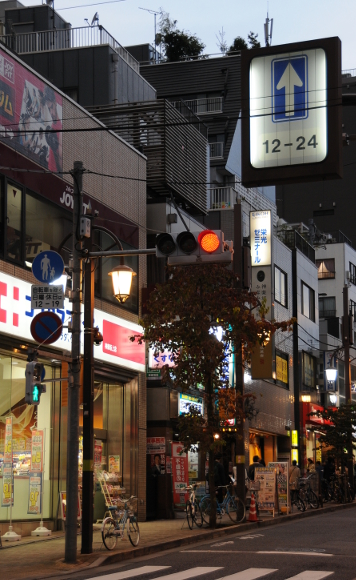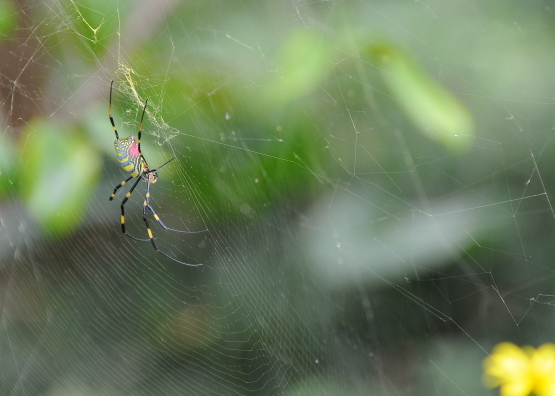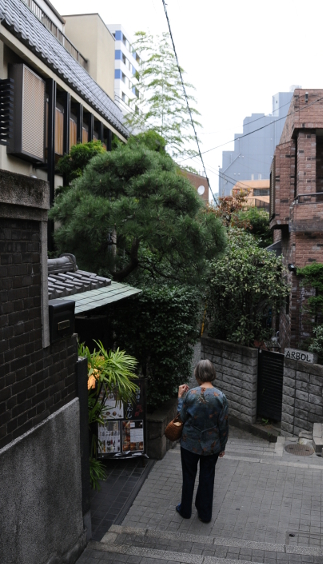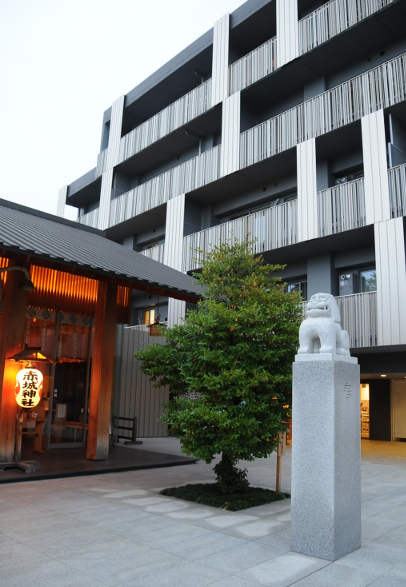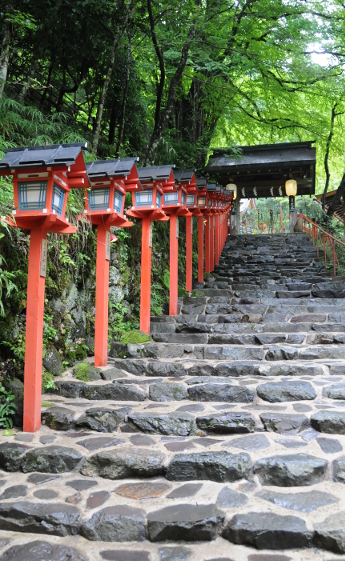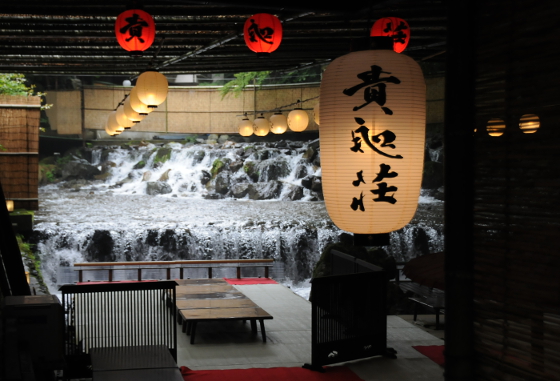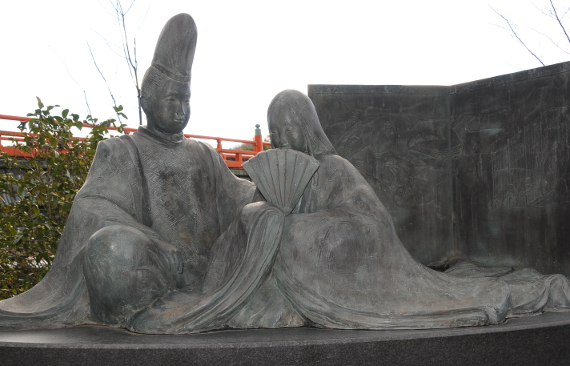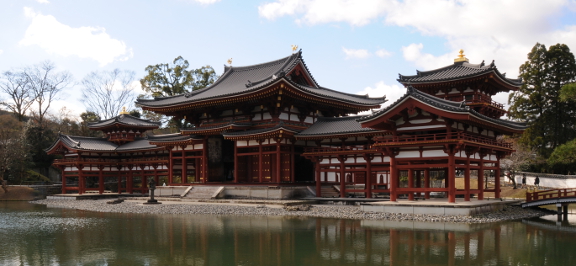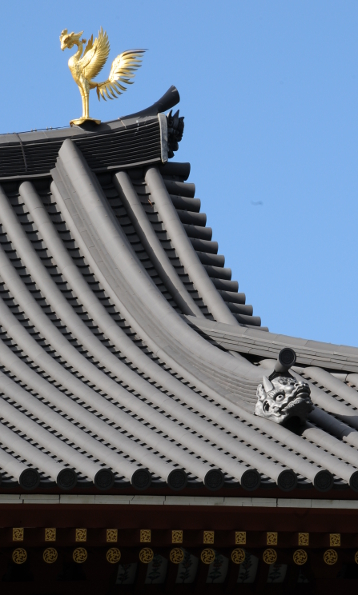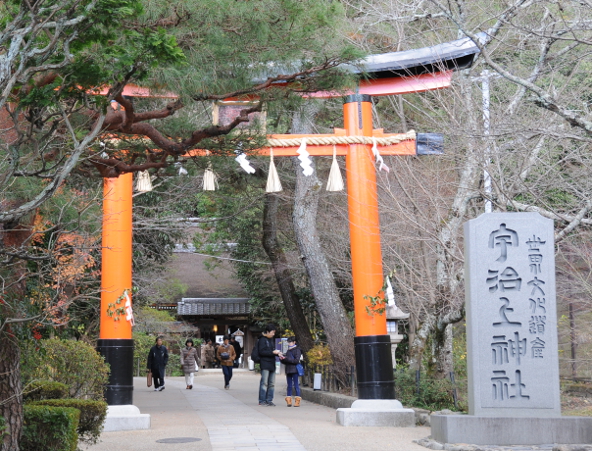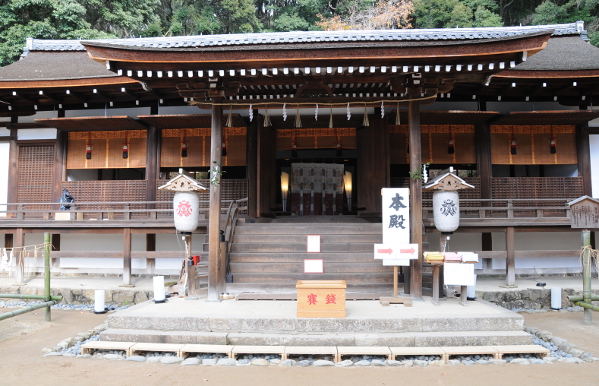Sorry for not writing on Sunday. First I was occupied and later incapacitated…
A friend of mine took me out to Otsu, some 30 minutes east of Kyoto. Otsu is the capital of Shiga prefecture and the largest city situated on Lake Biwa which in its turn is the largest freshwater lake of Japan. Both Otsu and Lake Biwa are popular day trip destinations from Kyoto, and there is even a path over the mountains from Kyoto to Lake Biwa, but it is probably not for the weak of limb…
Anyway, we went to Otsu on Sunday evening for a Kisen-de-Oden. Oden is a soup or rather a hot pot that is eaten throughout Japan during winter: in a light broth various types of fish cake are boiling, together with a whole egg, some daikon radish, and konyaku. It’s a bit like shabu-shabu with the difference that the ingredients are already pre-cooked and just heated in the hot pot.
Kisen means boat in Japanese, and Kisen-de-Oden thus means that you eat Oden while riding in a boat somewhere on the lake. Well, it didn’t work out like that exactly, but still: There was a short trip by boat from the main harbour of Otsu to the little landing at the old Biwako Otsukan hotel. This is a lovely building situated directly on the lake with a beautiful garden right next to it. Of course, when we arrived it was dark already and neither the building nor the garden could be seen. However, Otsu lies on the southern tip of Lake Biwa, and surrounds a good part of it, so there was a wonderful view of lit up Otsu from Otsu across the lake.
 (photo by 663highland on Wikimedia commons)
(photo by 663highland on Wikimedia commons)
The Oden was an interesting mix of French and Japanese cuisine. We had cooked beef in sauce, some hearty egg pudding, and foie gras as appetizers. Then the pot for the oden was heated on our table, and we were supposed to eat it – and top it off with the grated cheese that was provided. When the oden was finished we put a fried, plain onigiri rice ball into the remaining soup to make our own risotto. My overall impression was: interesting combination, but delicious.
With these sort of things I am never sure whether they are meant for the food or for the drinks. Together with the ticket, you got three coupons for free drinks (I chose three glasses of wine) plus an additional glass of hot wine on the trip plus another additional glass of wine upon arrival. That’s 5 glasses of wine – within 90 minutes, not for the weak of stamina… Of course, as usual in Japan, the whole evening was minutely planned, and executed as well, and while the waiters held themselves in the background, you still had the feeling of being rushed a little. 30 minutes more would not have been amiss.
After 75 minutes in the restaurant we had to leave and were taken by boat back to Otsu harbour again. My friend forgot to order dessert (which was a good thing because there wasn’t time enough for another course anyway), so we went to have pancakes in a Hawaiian restaurant (of all places) near the train station.
Altogether I had a nice evening in Otsu. The place looks peaceful in the night and worth examining further. I have been there before for Otsu matsuri (with the same friend) and this time we kinda sorta got invited to return for the Otsu fireworks in summer. But that’s still five months to go, and with a bit of luck I will go there earlier.

